Safety Around Wildlife
A moose can outrun you. A bear can smell your granola bar from a mile away. And feeding a raccoon once might doom it for life. When it comes to wildlife, what seems harmless can have big consequences – for everyone involved.
As more people venture into nature, encounters with wildlife are becoming increasingly common. That’s why it’s so important to understand the basics of how to observe and interact responsibly. Whether you’re hiking through meadows and spot a bear, kayaking near breaching whales, or simply watching a squirrel snack in a park, every moment is a chance to respect and protect these incredible animals.
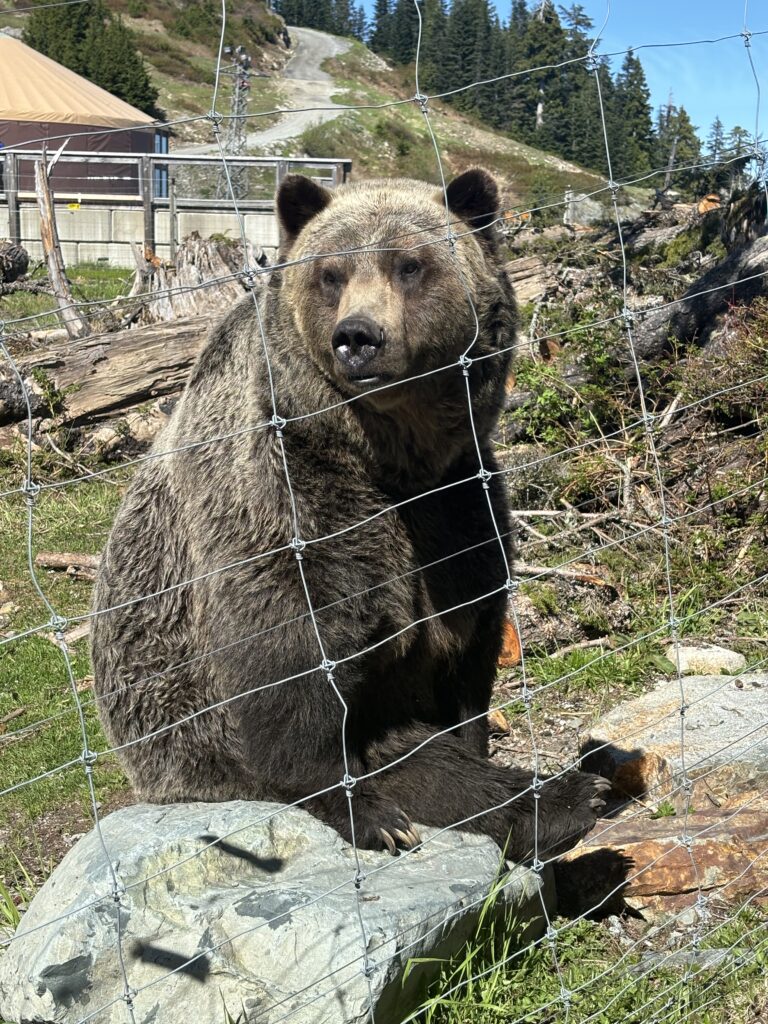
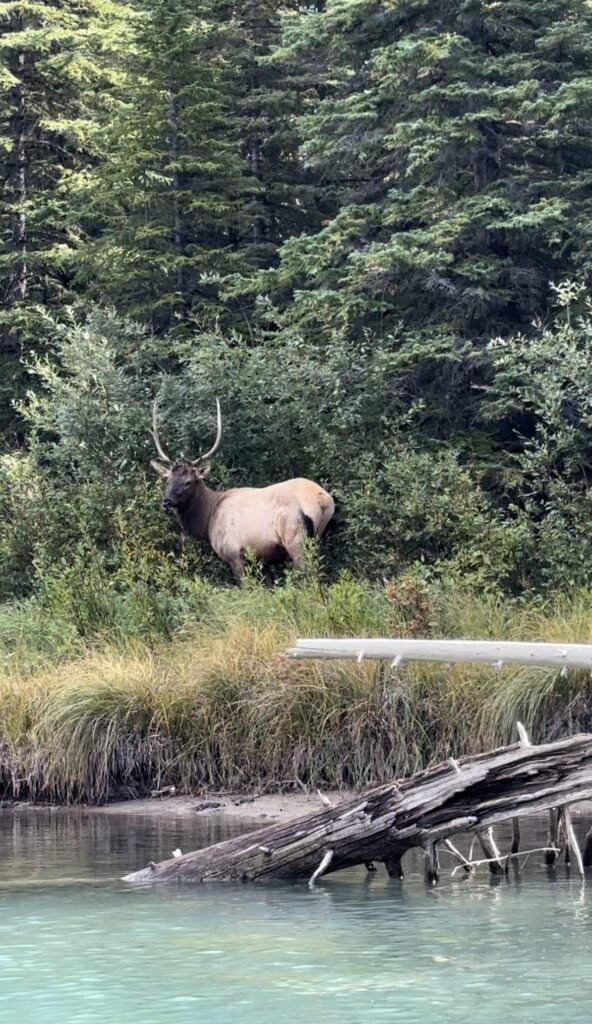
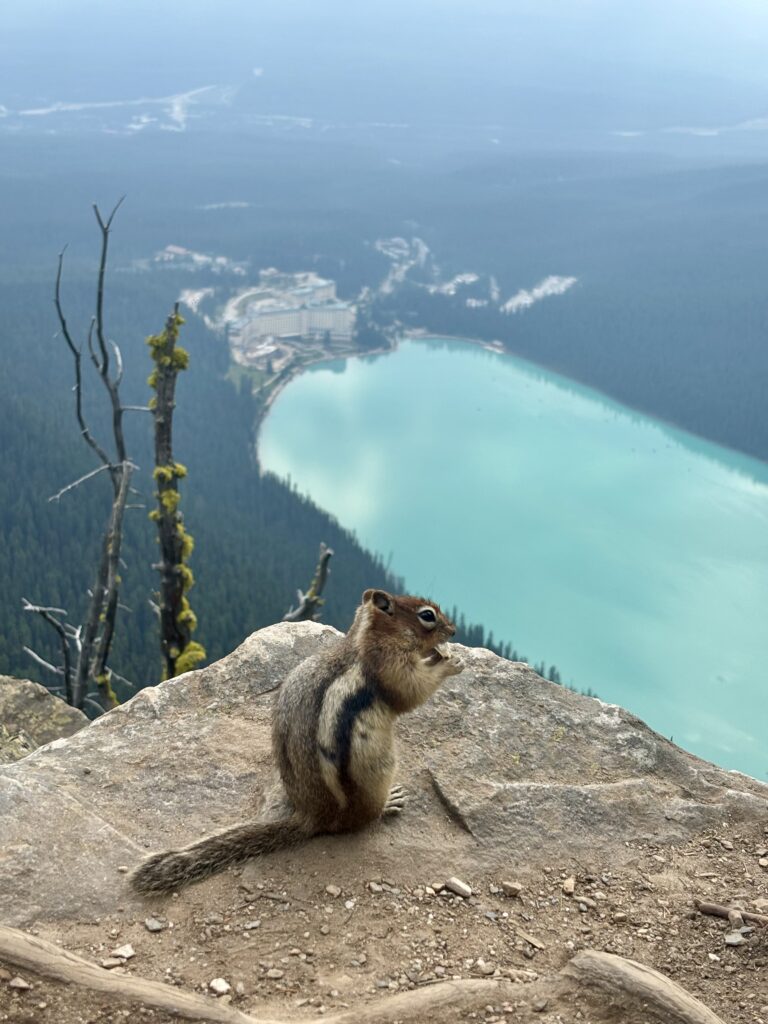
This post contains affiliate links, which means I may earn a small commission if you book through them, at no extra cost to you. I only recommend what I trust or use myself.
Keep Your Distance
If you’ve been on a wildlife tour before, chances are your guides explained the importance around safe distances to animals. These rules aren’t just for your safety, but also for animals too. Ignoring them can have serious, even fatal, consequences.
Recommended distances may vary depending on the species or the location. For example, whale watching you must be at least 100 metres away from most whales – and at least 200m from killer whales. For bears keep a minimum of 100m away (about the length of a football field), and for a moose at least 30m.
As tempting as it may be to get close for a better view or photo, you could be risking yourself and the animal. In some cases, human interactions with wildlife have led to wildlife being relocated – or euthanized – simply because someone got too close. I’ve personally seen people approach elk calves and nearly get charged by the mother. It’s just not worth it for a “closer experience.”
Thankfully today we can watch in other ways – zoom lenses, phones, and binoculars make it easy to observe safely. So before your next wildlife encounter, take a moment to learn the local guidelines. A respectful distance is the best kind of respect.
MY TOP PICKS FOR WILDLIFE TOURS IN BANFF
Don't Feed The Animals
This message applies across the board – from leaving food behind for bears, to tossing crumbs to the crows that live near your house – animals are not meant to eat human food. Feeding them disrupts their natural behavior and can lead to “food conditioning,” where animals begin relying on people as a food source.
Food conditioning can significantly impact their behaviour by altering their natural feeding/foraging patterns, which can lead to reliance on human-provided resources. This is harmful in many ways, such as leading them to dependence (thinking that you are now their source of food), aggression (if they don’t get what they want) or even relocation by authorities.
And yes, leaving your snacks out unfortunately counts. Not only are you damaging the environment leaving things lying around, but you are harming the natural life of the animal. Wild animals rely on their natural diets for proper nutrition, introducing human food can lead to illness, poor nutrition, or a loss of their natural fear of people – making them more likely to approach roads, campsites, or cars. The result? More frequent (and often fatal) human-wildlife conflicts.
I know – it’s tempting. They’re cute, curious, and sometimes feel like they’re asking for a treat. But the kindest thing we can do is observe from a distance. And in places like Banff National Park, feeding or even enticing wildlife can result in fines of up to $25,000
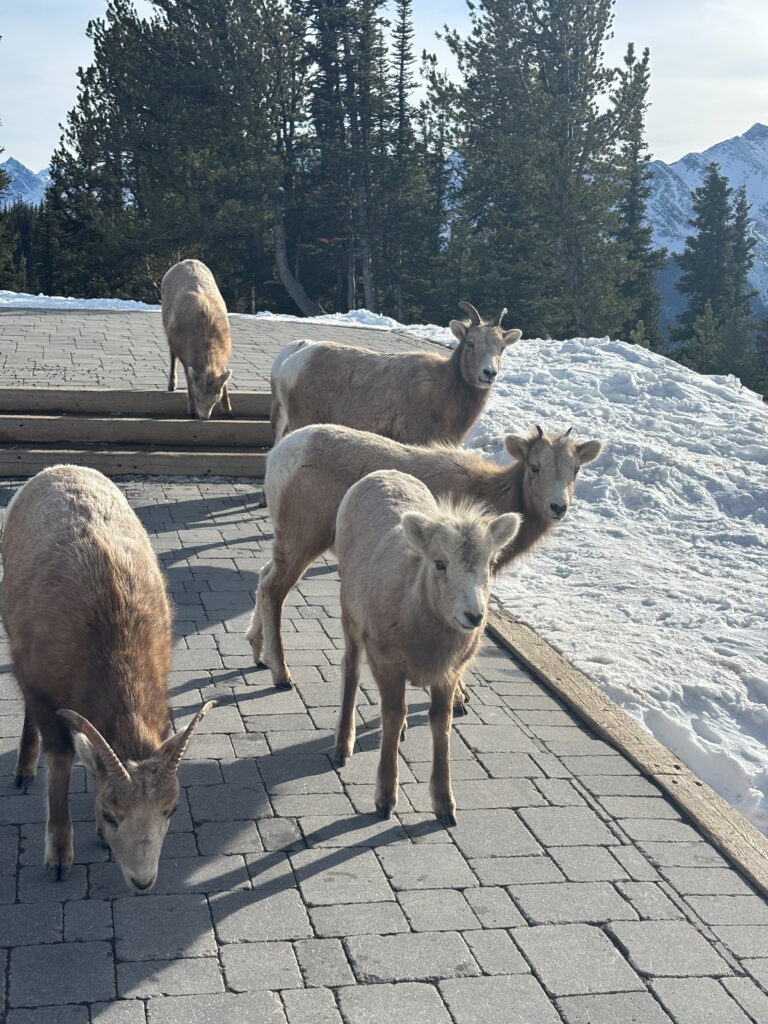
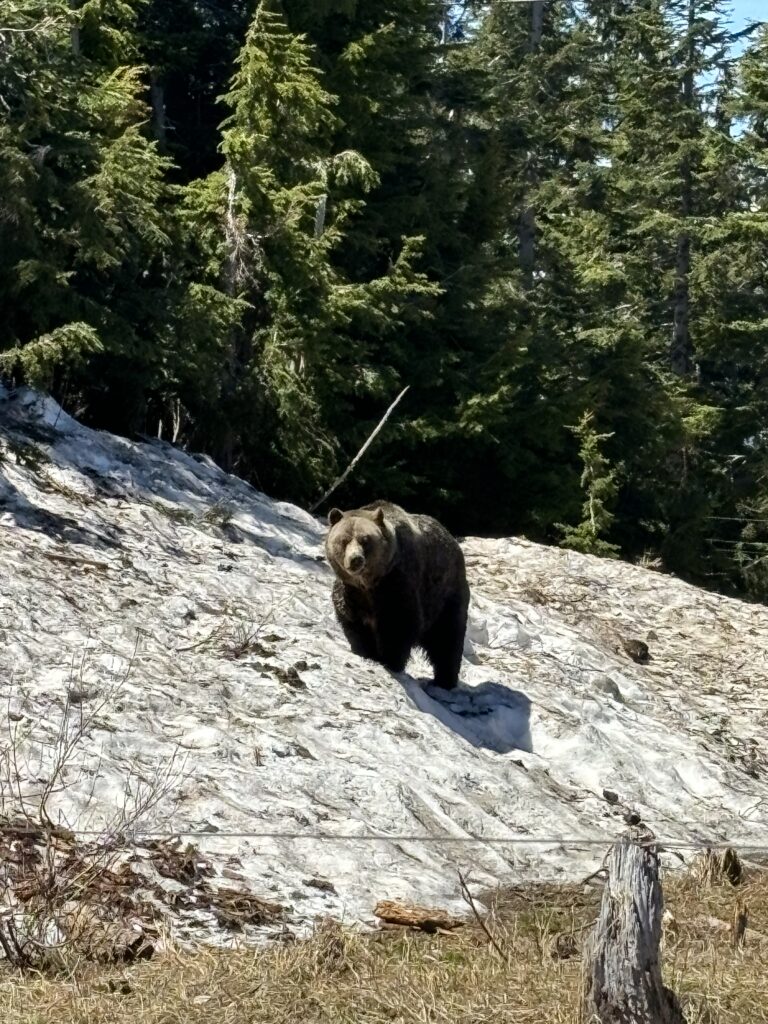
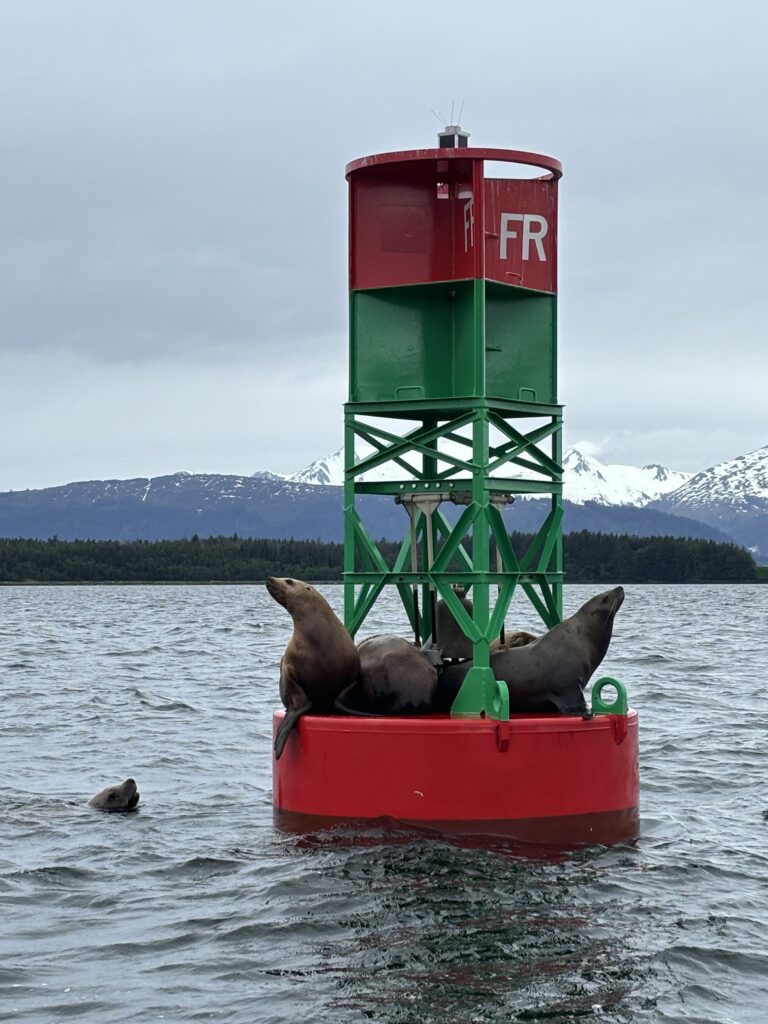
Be Alert And Make Noise
When hiking in national parks or areas known for wildlife, it’s important to stay aware of your surroundings – and to make some noise. Picture this: you’re walking quietly, turn a corner, and suddenly come face-to-face with a grazing bear. Because it didn’t hear you coming, it may feel startled or threatened – and that’s when things can go wrong.
On the other hand, chatting with friends, singing, or even playing soft music lets animals hear you from a distance, giving them a chance to move away before you cross paths. It might feel silly, but it can prevent a dangerous surprise.
Being alert is just as important as being loud. Watch for signs of recent animal activity – like paw prints, scat, or claw marks. If you’re walking through dense wildflowers or berry patches (places bears love), stay extra aware. And if you do spot an animal? Keep your distance, make noise, and calmly head in the opposite direction.
GO WHERE THE ELK ARE: EXPLORE WITH A RENTAL CAR
Store Food And Waste Properly
If you’ve made it this far, welcome to the Fern and Footprints family – which means you’re likely someone who cares about the planet. Part of being eco-conscious includes how we handle food and waste in the wild.
When traveling, always aim to leave a place exactly as you found it. That means packing away your rubbish and properly sealing or storing your food. Leaving food out – even when you’re nearby – can lead to close encounters with wildlife. And not the kind you want.
Remember how I said a bear can smell a granola bar from a mile away? Imagine you’re camping, and that bear catches the scent of your food. You don’t know it’s outside your tent, so you start moving or talking – and startle it. That scenario doesn’t end well for anyone.
Proper food storage and waste disposal protects both the environment and the animals that live in it. It’s a simple step that makes a big difference.
🛠️ Quick Tips: Storing Food & Waste in the Wild
🐻 Use bear-proof containers where available (like food lockers or bins provided in parks).
🧺 If backcountry camping, hang your food at least 4 meters off the ground and 1 meter from the tree trunk.
🗑️ Pack it in, pack it out – carry out all food scraps, wrappers, and trash.
🍴 Cook and eat away from your tent to keep food smells out of sleeping areas.
🧼 Clean up thoroughly after meals – don’t leave pots, plates, or greywater unwashed.
Even biodegradable waste (like fruit peels) can disrupt local ecosystems or attract wildlife – dispose of it responsibly.
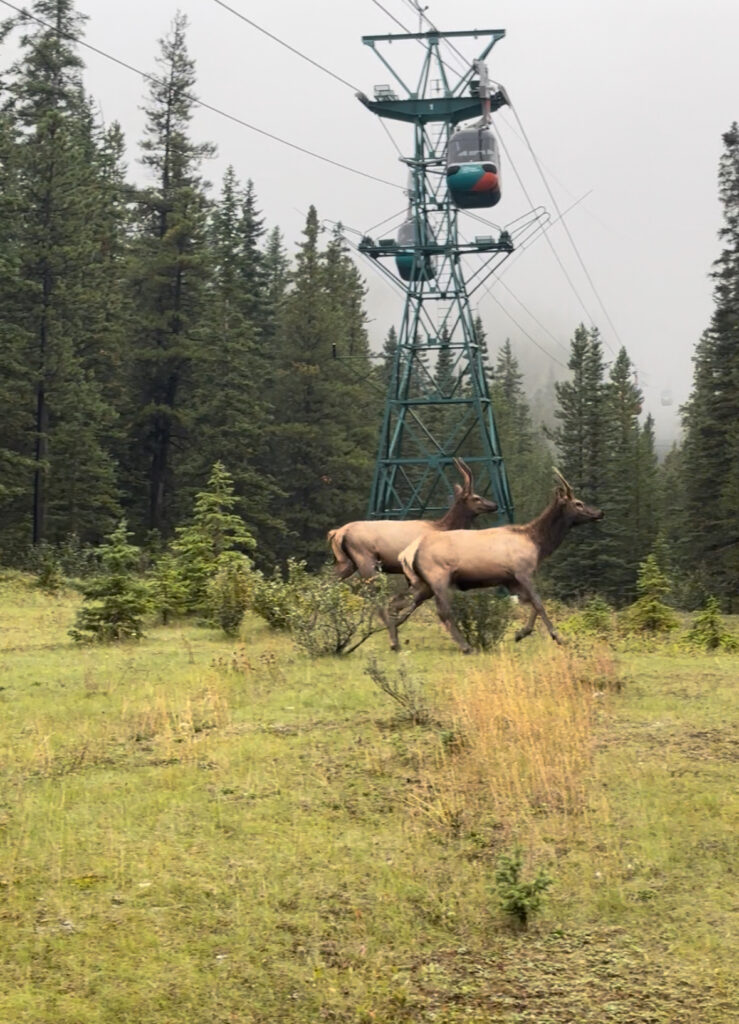
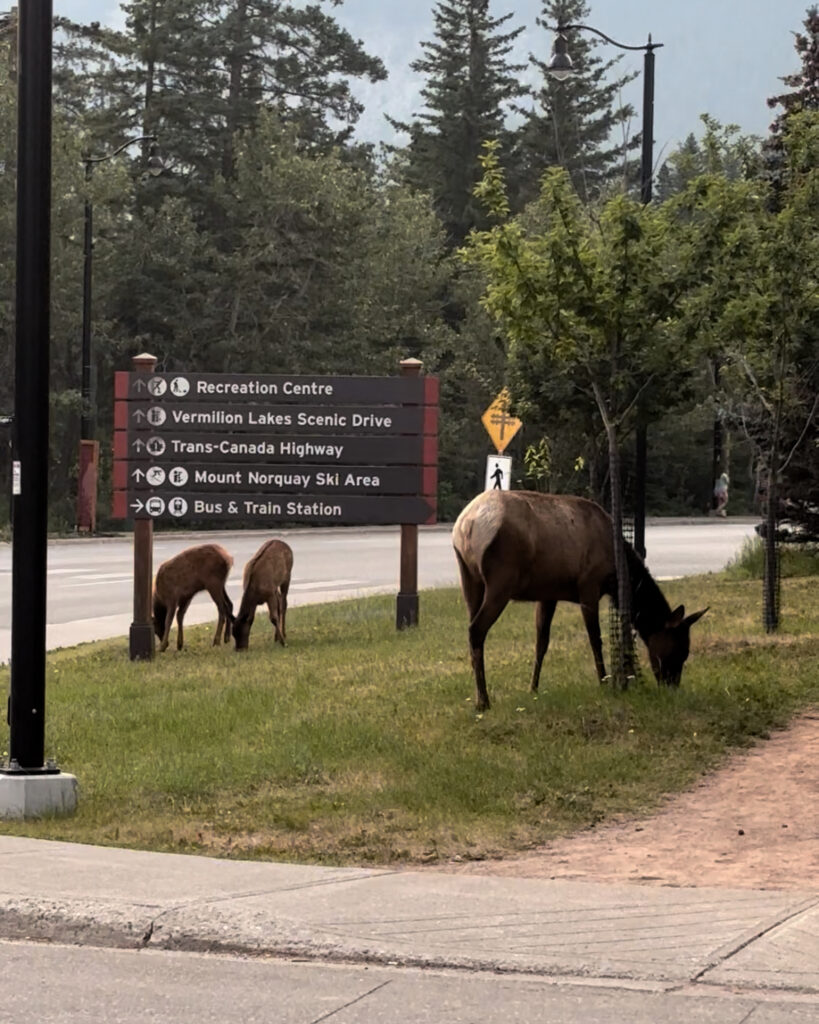
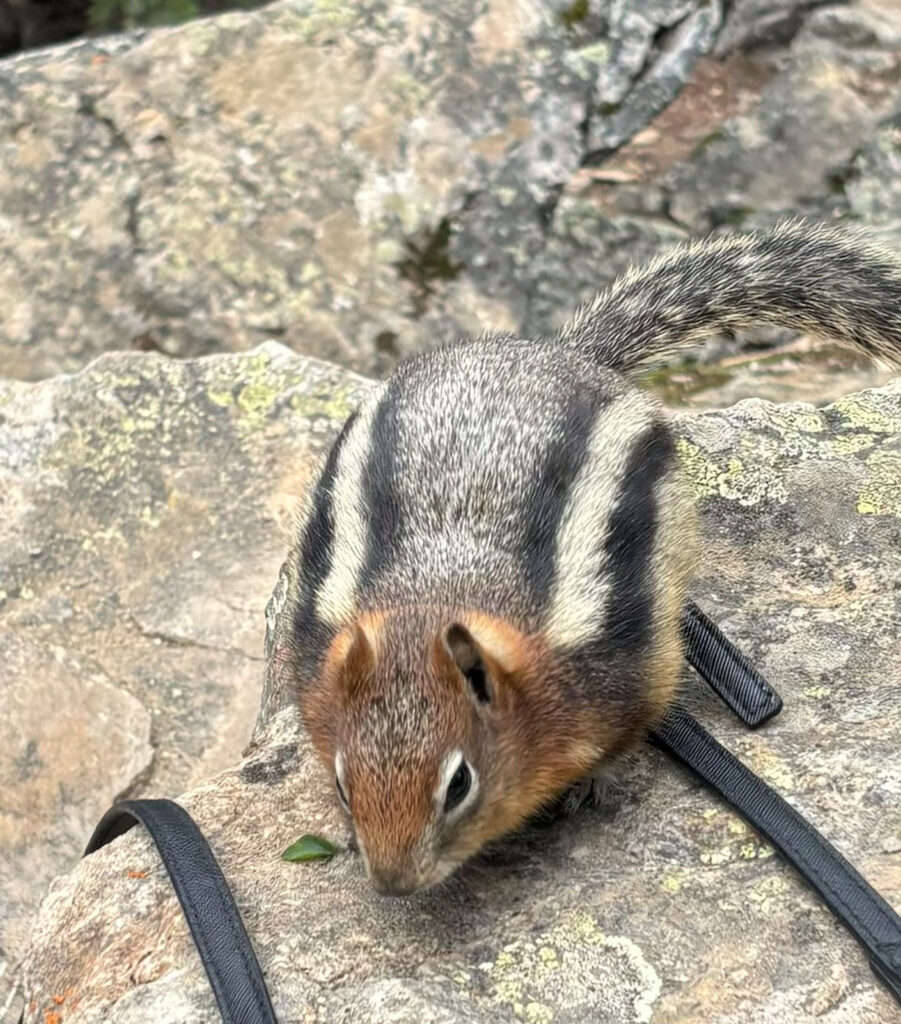
What To Do If You Encounter Wildlife
First and foremost: stay calm. I know, easier said than done – but panicking or running can actually trigger a chase response in some animals. What you do next depends on the species.
For example, if you come across a bear, make noise, have your bear spray ready, and slowly back away while appearing large – raise your arms or open your jacket. Do not run. If the bear charges, stand your ground. Many charges are bluffs, but be prepared to use your bear spray if needed.
👉 More details from Parks Canada here.
The good news? Most animals want to avoid humans just as much as we want to avoid them. Stay alert, stay calm, and be prepared. With a little knowledge and the right mindset, your wildlife encounter is far more likely to become a great story – not a dangerous one.
Respect Is The Ultimate Safety Tool
Humans and wildlife are meant to co-exist, but encounters are a privilege and not a right. Wildlife doesn’t need us to interfere – it needs us to care. Observe from a distance, leave no trace, and remember: the best encounters are the ones where everyone walks away unharmed.
Admire, don’t interfere.
Got a wildlife story (good or not-so-good)? Share it in the comments – let’s learn from each other. Or pass this post on to someone heading into the wild soon!
